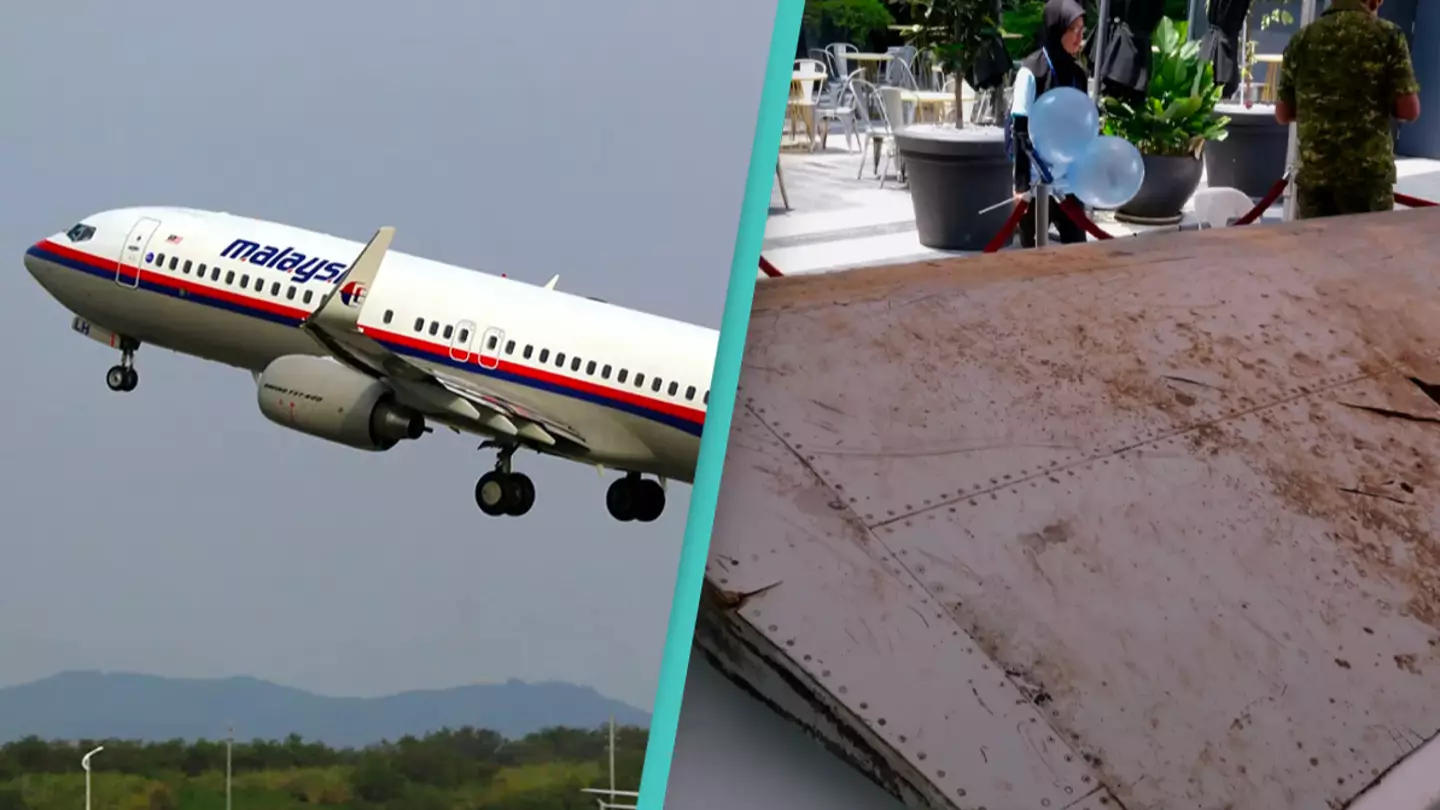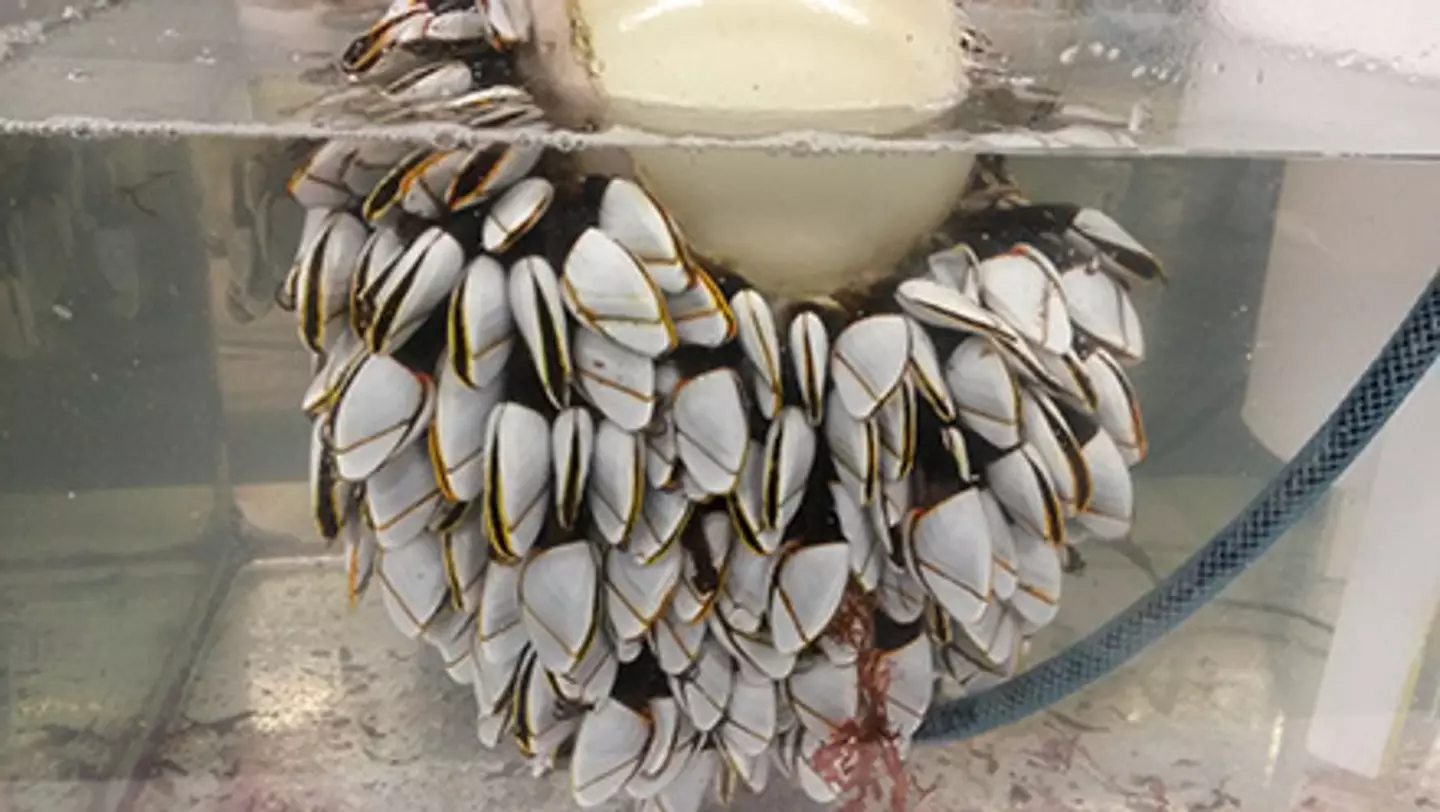
Scientists believe they could find the crash location of flight MH370 which disappeared in 2014 by analysing barnacles.
On 8 March, 2014 Malaysia Airlines flight 370 took off from Kuala Lumpur International Airport and was headed for the Chinese capital of Beijing.
The plane's last communication came about 38 minutes after take-off with the aircraft over the South China Sea and 16 minutes after that, radar tracked it going dramatically off course.
While the plane had been flying north, it abruptly turned west and the last primary radar contact was an hour later.
The plane went missing, with all 239 people on board presumed dead and the aircraft's crash site was never discovered - but some debris have since been found.
Advert
The first piece of debris from flight MH370 was the plane's flaperon - part of the wing - which washed up on a beach on the island of Réunion some 16 months after the plane disappeared.
Réunion is located off the east coast of Madagascar which likely means that the debris had likely travelled across most of the Indian Ocean to wash up on the beach.

Now, scientists believe they could have a way to determine the point of origin for the piece of debris, and that's by analysing the barnacles it was encrusted with.
Advert
University of South Florida marine ecologist Gregory Herbet believes that the size of the barnacles indicates they latched onto the debris over a year before it washed up and that if they measured the geochemistry of the shells coating the flaperon, they could gain a better idea of where the debris was.
The science coming into it is that barnacle shells grow differently depending on what temperature the water they're in.
Each layer of the shell can tell scientists what kind of water the barnacle had been through in the past, meaning that if they think they know roughly how long the barnacles were latched on they can analyse the shells to get a clearer idea of where they were.

Advert
Researchers believe the largest barnacles latched onto the debris a very short time after the plane went down so if their shells can provide a clue as to the temperature of the water they were formed in that would massively narrow down the areas to search.
According to National Geographic, scientists believe they can now track a barnacle's water temperature history to within 0.1C of what it was.
That's much more accurate than it was when the flaperon was first found, where they could only estimate within a margin of two degrees.
If this works then they could theoretically track the path taken the barnacles, and by extension the debris they were latched onto, arriving at the area where flight MH370 went down.
Topics: Science, World News, Technology